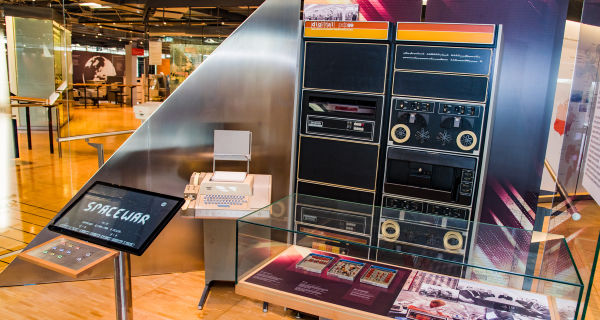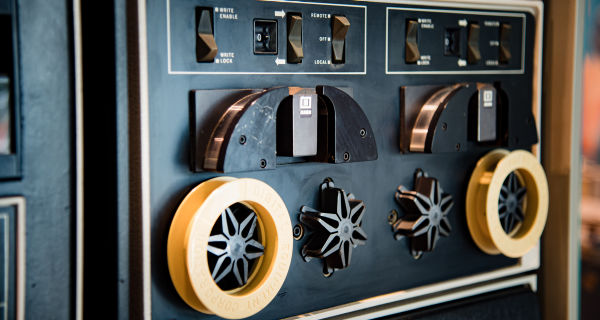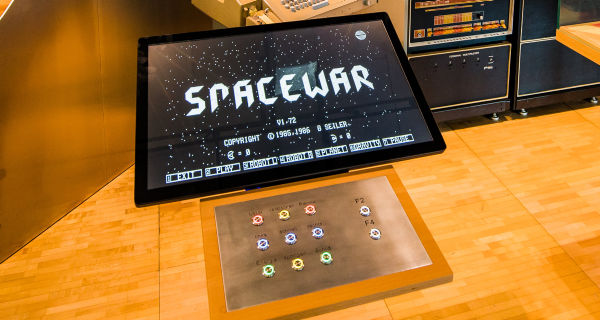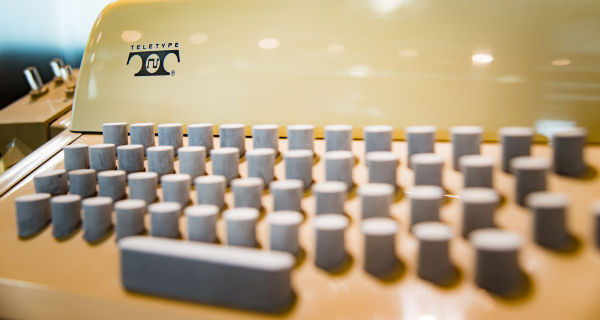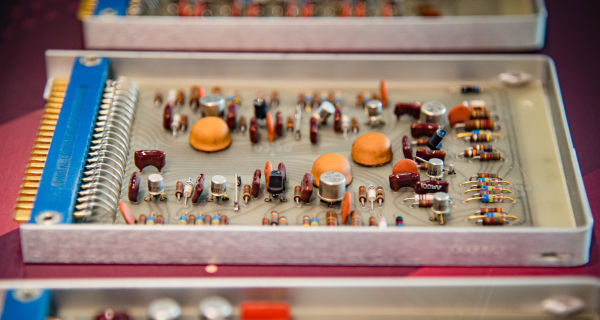1965 saw the launch on the market of a product that gave computing a new dimension - direct use at the workplace. This system was the pdp-8 from Digital Equipment Corporation (DEC). Until then, access to data processing systems had been characterized by batch operations. A programmer coded and punched programs in cards, then handed over his stack of cards to the computer centre. Hours later, the results and the stack of cards lay in the programmer's pigeonhole.
Chattering and shaking
Programming the pdp-8 was direct, arduous and noisy. Experienced users pressed the switches at the front like a keyboard, and the program was read in with the characteristic rattle of paper tape via the ASR 33 teletypewriter. Flashing lights on the computer indicated circuit activity until, finally, the teletypewriter, rattling and shaking, output either the desired results or an error message.
This 'live' computer was available for US$ 18,000. With the rapid development of technology, prices fell noticeably. Ten years later, the more powerful successor model, pdp-8/E, cost only US$ 4,000. Direct contact with the machines and the possibility to program them oneself soon made minicomputers indispensable for scientists and engineers.
Market competition and displacement
But competition soon arose. Several developers left DEC and produced their own machines. They mastered the necessary technologies such as automatic wiring and printed circuit board technology. Magnetic core memories were available on the market and TTL circuits, the components of a minicomputer, were available at ever higher integration levels. This was coupled with falling prices. Finally, the manufacturers extended the performance class of their computers: Superminis with sophisticated operating systems for time-sharing mode set the standards for computing in the scientific and engineering sectors.
In the mid 1980s, the microprocessor put an end to the unparalleled rise of minicomputers.
